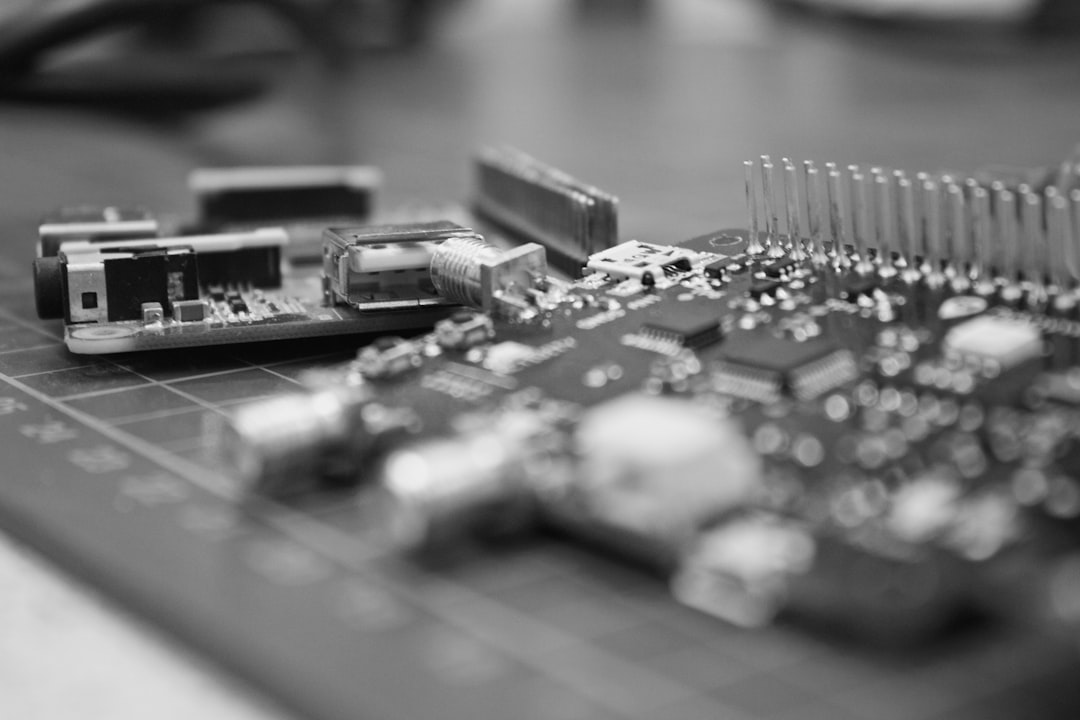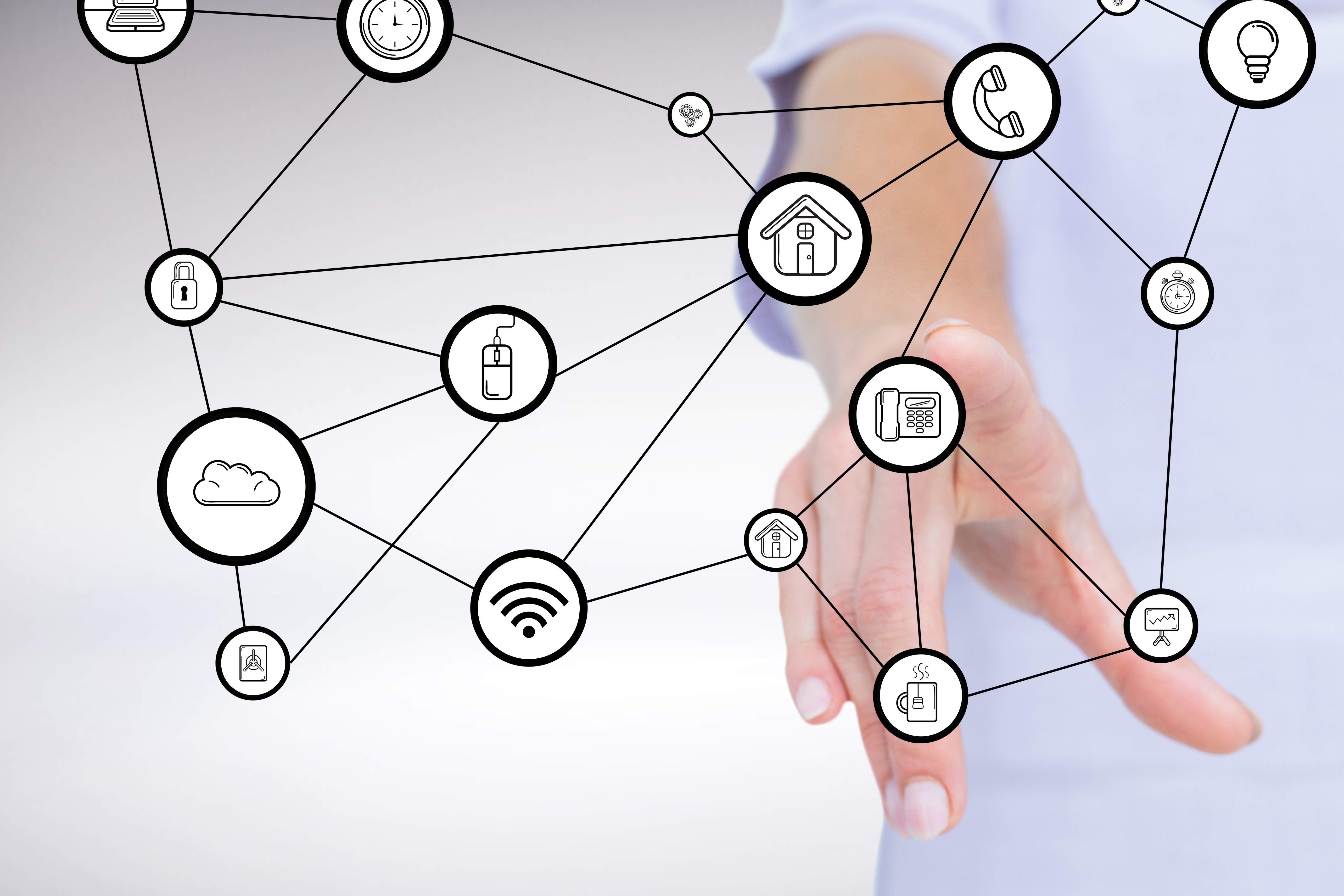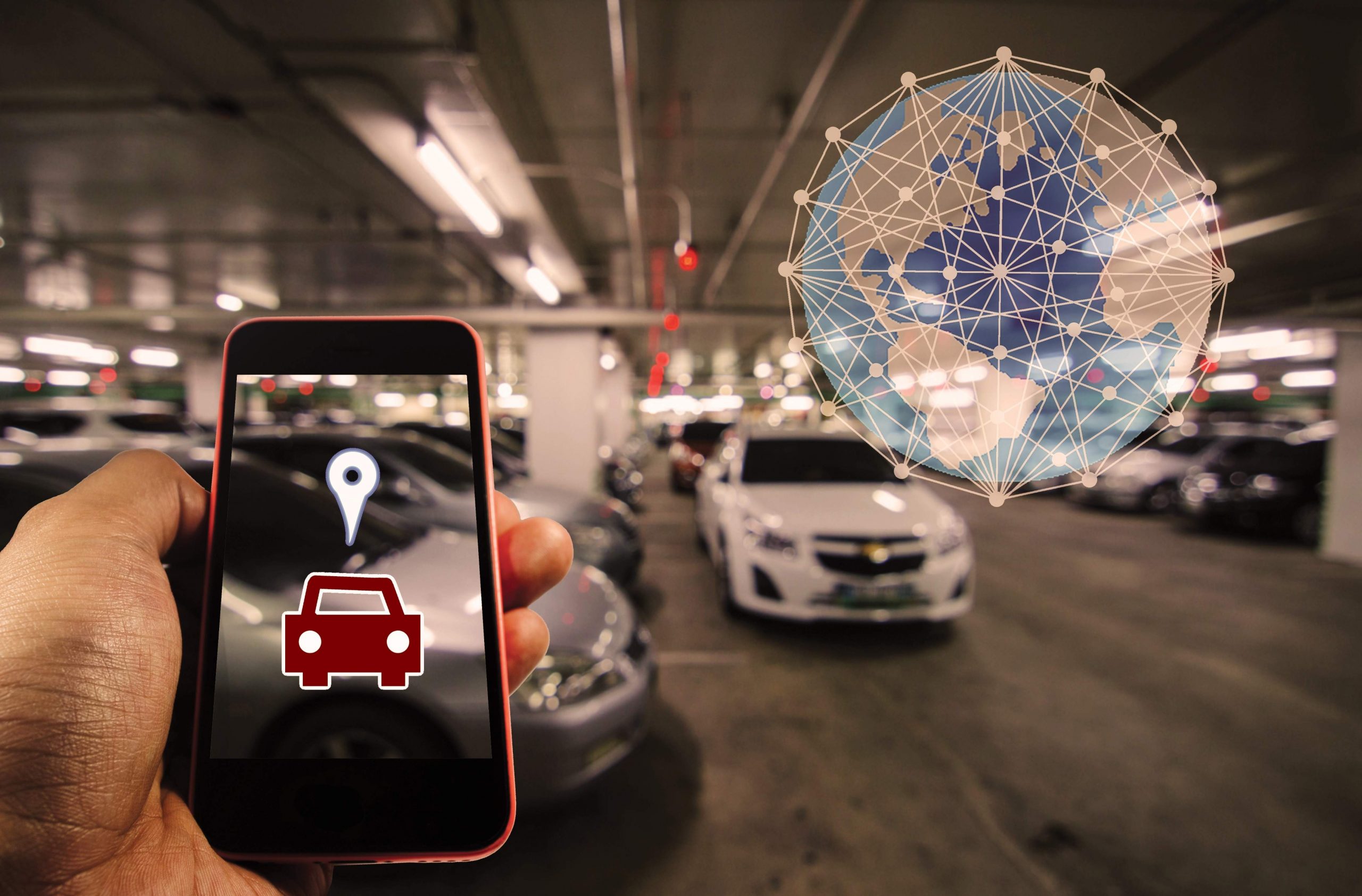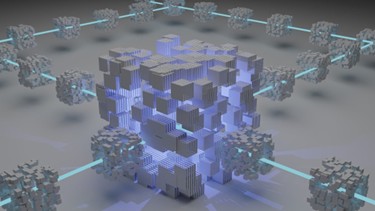Understanding IoT Communication Models: Key Concepts and Examples
-
May 29, 2022
-
7 min read
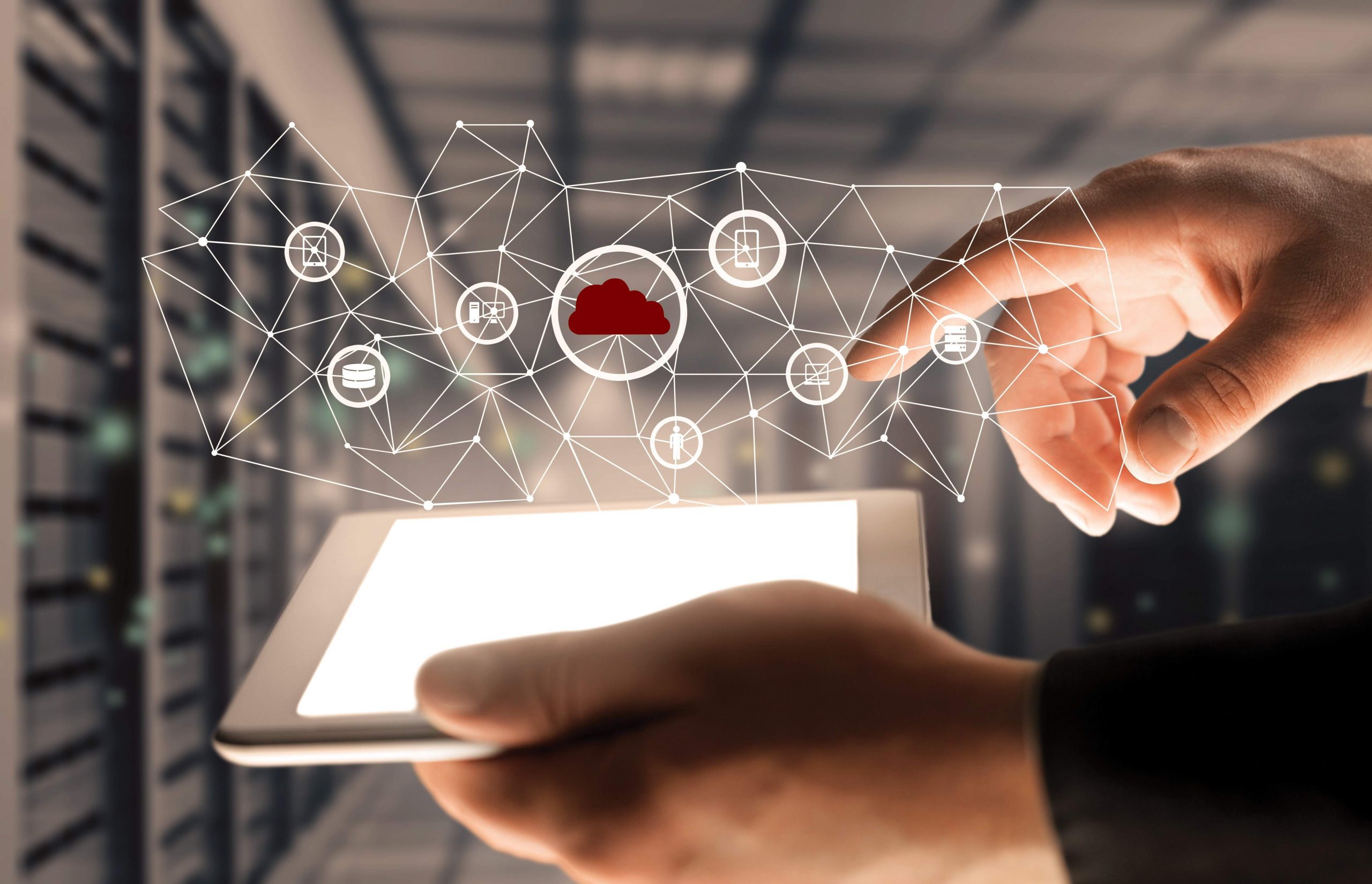
The Internet of Things (IoT) is a rapidly growing field that connects billions of devices, sensors, and systems across diverse industries. At the heart of this interconnected ecosystem lie IoT communication models—the logical frameworks that define how data flows between devices, gateways, and cloud platforms. Understanding these models is crucial for designing scalable, reliable, and secure IoT solutions that drive business innovation.
In this article, we’ll examine the key IoT communication models, their characteristics, and real-world examples. We’ll also explore how Airtel IoT leverages these models to enable seamless connectivity and advanced IoT applications across verticals such as smart utilities, industrial automation, and connected vehicles.
Why Communication Models Matter in IoT
IoT communication models are the backbone of any connected system, determining how devices interact, exchange data, and trigger actions. The choice of communication model directly impacts several critical aspects of an IoT solution:
- Scalability: Efficient data flow and decoupling of components enable the addition of devices without bottlenecks.
- Latency: Direct models like device-to-device offer low latency, while queued models introduce buffering.
- Reliability: Models such as exclusive pair ensure persistent, reliable connections for mission-critical applications.
- Security: Gateways and request-response models can enforce authentication and encryption at various points.
- Cost: Optimised models minimise bandwidth and cloud resource usage, reducing operational expenses.
By carefully selecting and combining communication models in IoT, businesses can build solutions that meet their specific requirements for performance, security, and cost-effectiveness.
What Are IoT Communication Models?
At a fundamental level, IoT communication models define the logical flow of data between devices, gateways, and cloud platforms. They specify the interaction patterns, protocols, and architectures used to exchange information and trigger actions within an IoT ecosystem.
These models can be broadly categorised based on the direction of data flow and the components involved:
1. Device-to-Device (D2D) Communication
In this model, IoT devices communicate directly with each other, often over local wireless networks such as Bluetooth, ZigBee, or Wi-Fi Direct. D2D communication enables low-latency control and autonomous interactions between devices.
Example: Smart home appliances like bulbs and switches communicating without a central gateway to adjust lighting based on occupancy.
2. Device-to-Gateway Communication
Here, IoT devices send data to a local gateway, which aggregates, preprocesses, and forwards it to the cloud. Gateways can perform protocol translation, security enforcement, and edge analytics to optimise data transmission and enable local decision-making.
Example: Industrial sensors sending machine data to an on-premises gateway for local analytics before cloud upload.
3. Device-to-Cloud Communication
In this model, devices connect directly to cloud platforms via IP-based protocols such as MQTT, HTTP, or CoAP over cellular, Wi-Fi, or Ethernet networks. This is suitable for devices with sufficient processing power and connectivity capabilities.
Example: Connected vehicles transmitting telematics data directly to cloud dashboards for fleet monitoring and optimisation.
4. Back-End Data Sharing
Once data is collected in the cloud, it can be shared with other cloud services, business applications, or analytics engines via APIs. This enables integration with enterprise systems like ERP, CRM, and AI/ML platforms for advanced insights and automation.
Example: Smart utility meter data shared with billing systems and predictive maintenance applications.
Communication Protocols Powering IoT Networks
IoT communication models are realised through various protocols that define the rules and formats for data exchange. Some key protocols used in IoT include:
MQTT (Message Queuing Telemetry Transport)
MQTT is a lightweight, publish-subscribe protocol optimised for low-bandwidth, high-latency networks. It is widely used for telemetry, remote monitoring, and device-to-cloud communication in industrial automation and smart metering applications.
CoAP (Constrained Application Protocol)
CoAP is designed for resource-constrained devices and networks. It uses UDP for lightweight, low-overhead request-response interactions and is suitable for sensor networks and smart home devices.
HTTP/HTTPS
The standard web protocol is often used for device management, configuration, and firmware updates in IoT. While heavier than MQTT or CoAP, HTTP offers compatibility with existing web infrastructure.
Cellular (2G, 4G, 5G, NB-IoT)
Cellular networks provide wide-area, reliable connectivity for mobile and remote IoT deployments. Airtel IoT supports multi-network options, including 5G and NB-IoT, for high capacity and low power consumption.
LPWAN (Low-Power Wide Area Network)
LPWAN technologies like NB-IoT and LTE-M support massive IoT deployments with long battery life and deep coverage. They are used for applications such as smart metering, asset tracking, and environmental monitoring.
Understanding the Layered IoT Architecture
To effectively leverage IoT communication models, it’s important to understand the layered architecture of IoT systems:
1. Perception Layer (Sensors & Devices)
This layer comprises the physical IoT devices, sensors, and actuators that collect data and interact with the environment. Airtel IoT partners with device manufacturers to ensure compatibility with its network modules and SIMs.
2. Network Layer (Connectivity & Data Routing)
The network layer includes access networks, gateways, backhaul, and network management systems. Airtel IoT provides robust cellular, NB-IoT, and 5G connectivity, with network slicing for QoS and traffic prioritisation. IoT network management tools monitor device health, data usage, and connectivity status in real-time.
3. Application Layer (User Interface & Services)
The application layer encompasses cloud platforms, analytics engines, dashboards, and business applications. Airtel IoT’s IoTHub integrates with third-party analytics and ERP/CRM solutions, enabling actionable insights and automation. APIs and SDKs allow rapid development of custom applications for verticals like healthcare, automotive, and energy.
How IoT Communication Models Enable Business Innovation
By selecting the right IoT communication models and leveraging Airtel IoT’s comprehensive connectivity solutions, businesses can drive innovation across various domains:
- Operational Efficiency: Automated data collection and real-time monitoring reduce manual intervention and downtime. Predictive analytics enable proactive maintenance and resource optimisation in manufacturing, utilities, and logistics.
- New Revenue Streams: IoT data can be monetised through value-added services, such as usage-based insurance, remote diagnostics, and smart city solutions.
- Customer Experience: Personalised services and timely alerts enhance customer engagement in sectors like automotive, healthcare, and retail.
- Regulatory Compliance and Safety: Real-time tracking and reporting ensure adherence to safety standards in transportation and utilities.
How IoT Communication Models Enable Business Innovation
By choosing the right IoT communication models and leveraging Airtel IoT’s connectivity solutions, businesses can drive innovation across various domains:
- Operational Efficiency: Automated data collection and real-time monitoring reduce manual intervention and downtime. Predictive analytics enable proactive maintenance and resource optimisation in manufacturing, utilities, and logistics.
- New Revenue Streams: IoT data can be monetised through value-added services, such as usage-based insurance, remote diagnostics, and smart city solutions.
- Customer Experience: Personalised services and timely alerts enhance customer engagement in sectors like automotive, healthcare, and retail.
- Regulatory Compliance and Safety: Real-time tracking and reporting ensure adherence to safety standards in transportation and utilities.
Why Choose Airtel IoT for Scalable and Secure Communication
Airtel IoT stands out as a leading provider of enterprise-grade IoT connectivity solutions in India, with millions of devices already connected. Its comprehensive platform supports all major IoT communication models and protocols, enabling businesses to build scalable, secure, and future-proof IoT deployments.
Key advantages of Airtel IoT include:
- Reliability: Pan-India coverage with high network uptime, leveraging Airtel’s extensive telecom infrastructure.
- Scalability: Supports millions of devices with automated provisioning, flexible APIs, and multi-cloud integration.
- Security: Implements advanced encryption, authentication, and SIM management for robust protection.
- Innovation: Future-ready network with 5G and NB-IoT enables next-generation IoT applications, including autonomous vehicles, smart cities, and AI-driven analytics.
As IoT continues to transform industries and drive digital transformation, understanding and effectively leveraging communication models in IoT becomes critical for business success. With Airtel IoT’s expertise and cutting-edge connectivity solutions, enterprises can confidently navigate the complex IoT landscape and unlock the full potential of connected technologies.
 Share
Share



